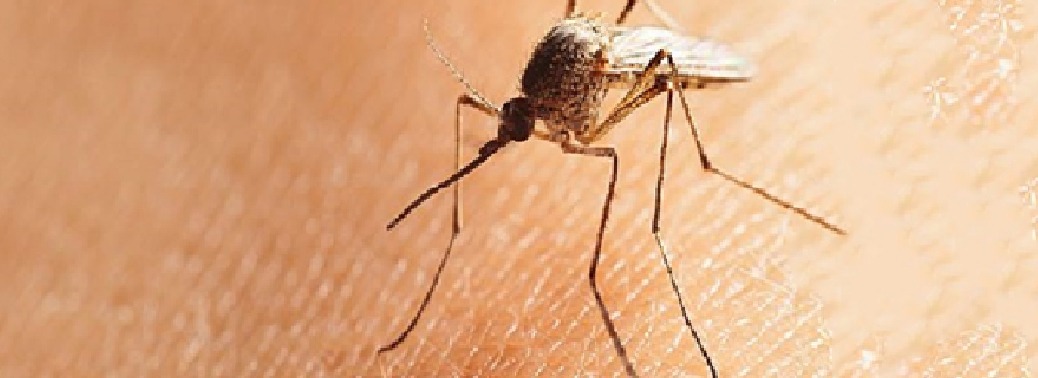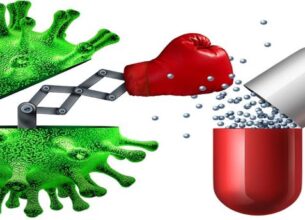JAPANESE ENCEPHALITIS
11, Oct 2019

Prelims level : Science & Technology; Governance- Health
Mains level : GS-II- Issues relating to development and management of Social Sector or Services relating to Health, Education, Human Resources.
Why in News?
- Rattled by the high number of children dying due to acute encephalitis syndrome, the Union Health ministry has scaled up vaccination in Bihar and other surrounding states.
About Encephalitis disease:
- Encephalitis means “Acute Inflammation of the Brain”. Acute Encephalitis Syndrome (AES) including Japanese Encephalitis (JE) is a group of clinically similar neurologic manifestation caused by several different viruses, bacteria, fungus, parasites, spirochetes, chemical/ toxins etc.
Types of Encephalitis:
- Japanese encephalitis and viral encephalitis diseases, broadly classified as AES, are a poor man’s diseases and affect the families of paddy farmers.
- Viral Encephalitis: Water borne disease (Viral encephalitis refers to a type of Encephalitis caused by a virus)
- Japanese Encephalitis: Mosquito Bite
- Both of the above make Acute encephalitis syndrome, or AES.
- The outbreak of JE usually coincides with the monsoon and post monsoon period when the density of mosquitoes increases while encephalitis due to other viruses specially entero-viruses occurs throughout the year as it is a water borne disease.
Causal Agents:
- Viruses are the main causative agents in AES cases, although other sources such as bacteria, fungus, parasites, spirochetes, chemicals, toxins and non-infectious agents have also been reported over the past few decades.
- Japanese encephalitis virus (JEV) is the major cause of AES in India (ranging from 5%-35%). Nipah virus, Zika virus are also found as causative agents for AES.
- In India, AES outbreaks in north and eastern India have been linked to children eating unripe litchi fruit on empty stomachs. Unripe fruit contain the toxins hypoglycin A and methylenecyclopropylglycine (MCPG), which cause vomiting if ingested in large quantities.
Who is Affected?
- It predominantly affects population below 15 years. The disease most commonly affects children and young adults and can lead to considerable morbidity and mortality.
- JEV has its endemic zones running along the Gangetic plain including states of UP (east), Bihar, West Bengal and Assam, and parts of Tamil Nadu.
Signs and Symptoms:
- Acute encephalitis syndrome (AES) is characterized by an acute onset of fever and clinical neurological manifestation that includes mental confusion, disorientation, delirium, or coma. Apart from viral encephalitis, severe form of leptospirosis and toxoplasmosis can cause AES. Keeping in mind the wide range of causal agents and the rapid rate of neurological impairment due to pathogenesis, clinicians face the challenge of a small window period between diagnosis and treatment.







